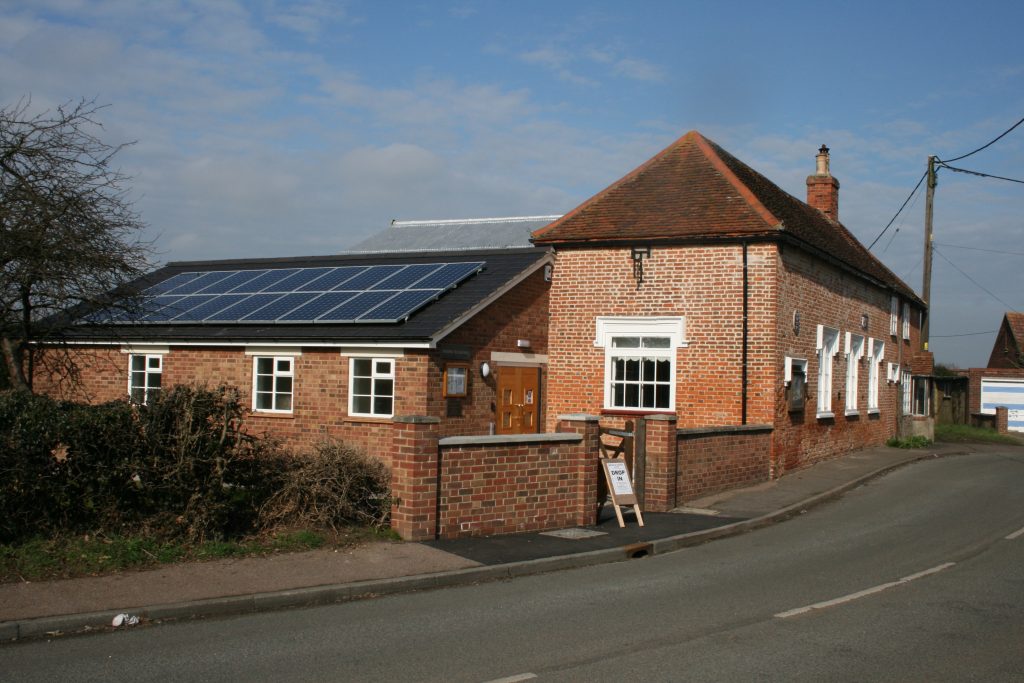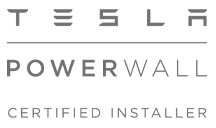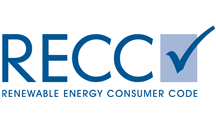As energy costs rise and sustainability becomes a priority for homeowners and businesses, many are exploring the benefits of combining two powerful technologies: heat pumps and solar PV. One generates electricity. The other uses it. Together, they can dramatically reduce your carbon footprint and running costs—if used wisely.
In this article, we explore how they work together, the challenges of seasonal demand, and how to maximise the benefits with solar immersion or battery storage.
1. A match made in net-zero heaven
At a basic level, it’s a simple relationship:
- Solar PV panels generate clean electricity from the sun.
- Heat pumps use electricity to provide heating (and cooling) by moving thermal energy around your home.
Since heat pumps are three to four times more efficient than traditional boilers, and solar PV offers free electricity when the sun shines, combining them can significantly reduce your energy bills and carbon emissions.
2. But, there’s a seasonal mismatch
Here’s the catch: solar panels generate the most electricity in summer—just as your heat pump is working the least, only producing hot water.
In winter, when your heat pump is most needed for heating your home, your solar PV production is lowest.
This seasonal mismatch means most homes and commercial properties can’t rely on solar to power their heat pump throughout the year. But there are smart ways to bridge the gap.
3. Solar immersion – avoid your heat pump turning on and maximise self use
One clever option is to use excess solar power for your hot water needs.
With a solar immersion diverter, any surplus solar electricity that would otherwise be exported to the grid is automatically redirected to power your immersion heater. This means:
- You get free hot water on sunny days
- Your heat pump avoids turning on entirely meaning you save
- You make better use of the energy you generate
Solar immersion is a relatively cheap add-on that works well in homes with a hot water cylinder and immersion coil. This should be installed with the cylinder to ensure it works well.
4. Add battery storage – maximise your solar and benefit from cheap electriticity night rates.
Want to go a step further? Install a home battery system to store your unused solar energy during the day and use it to run your heat pump in the evening or early morning. Furthermore, you can use your battery to store cheap night electricity to power your heat pump
Benefits of combining battery storage with a heat pump include:
- Smoother electricity demand: Use stored energy when grid prices are highest
- More self-sufficiency: Rely less on the grid during peak times
- Greater carbon savings: Align your clean generation with your highest heating needs
With smart controls, you can also charge your battery at off-peak night rates (e.g., using EV-friendly tariffs) and use that low-cost electricity to run your heat pump efficiently.
Bonus tip – consider demand side response
With the right setup, your heat pump and battery can participate in demand-side response schemes – where households are rewarded for reducing or shifting energy use during peak grid demand. This adds another layer of savings and sustainability.
Conclusion – are heat pumps and solar PV worth it?
Absolutely—when designed well. While solar PV can’t meet all your winter heat pump demands, it can still:
- Power your system in spring, summer, and autumn
- Help with hot water production year-round
- Reduce peak-hour electricity costs with a battery
- Future-proof your home for net-zero living
Combining solar and heat pumps is one of the smartest ways to decarbonise your home or business. Add solar immersion or battery storage, and you can take full control of your energy.
Want to explore a tailored system for your property? Get in touch to speak with a renewable energy expert.










